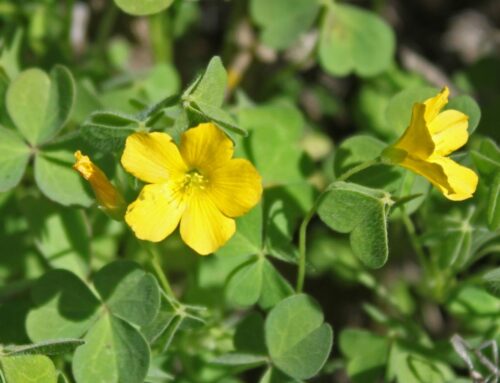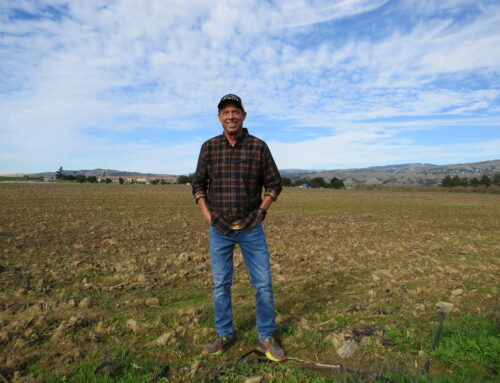Published in the February 3-16, 2016 issue of Morgan Hill Life
By Cindy Adams
While each season in the South Valley vineyards has its own special characteristics and beauty, the most relaxing of the four seasons has to be winter. The vines are sleeping now, and storing up energy to produce the next harvest. But that is not to say that the winery itself is resting. Far from it.
By the end of autumn and the beginning of winter, all of the leaves have dropped off the vines, leaving the bare canes on the trunk.
Once the leaves are gone, the canes look like long sticks coming off the vine. Along about mid-January, depending upon the weather, vineyard workers begin to prune the vines. The canes of the grapevine are cut and shaped to prepare them for the coming year’s growth. This process not only removes the canes but also determines the number of buds that are allowed to become grape clusters.
Experienced vineyard workers have learned exactly where to cut the cordon to leave the proper number of buds for next year.
How do they know how much to cut off and how many buds to leave on? This decision depends upon many factors. One is the age of the vine and also the type of grape (varietal) that it is.
Another consideration is where the vineyard, and those vines, are located. The pruning helps to dictate and control a grapevine’s canopy. This will influence not only the yield of that year’s crop but also the quality of the grapes due to the access of air circulation and sunlight needed for the grapes to ripen fully and for preventing various grape diseases.
Once the canes have been pruned, the spurs that remain are trellised. This means that they are attached to the wires that are in a “T” or a “Double T” shape on every vine. The spurs are generally attached, or re-attached, to the trellis with wire or plastic ties in the early spring. This ensures that as the vines grow, they will give the right amounts of sun, shade and air flow to the grapes throughout the seasons.
While pruning and trellising the vineyards can be time-consuming work for the staff, it is by no means their only winter task.
By now the previous year’s vintage has been sitting in barrels or stainless steel tanks for about four or five months, and sediment has settled to the bottom. When this happens, the barrels need to be “racked.”
During this process, the clear wine is removed from the barrel or tank and put in a clean one. Then the barrel or tank with the sediment (also known as “lees”) is cleaned for the next batch of wine.
Winter is also the season at the various South Valley wineries that equipment, storerooms, warehouses and other areas are thoroughly cleaned — much like we do in our homes at the beginning of a new year. By the time bud-break occurs in the early spring, the winery workers are ready to get out in the vineyard for more maintenance.
Cindy Adams, CS, CSW, is the director of retail operations at Guglielmo Winery.






